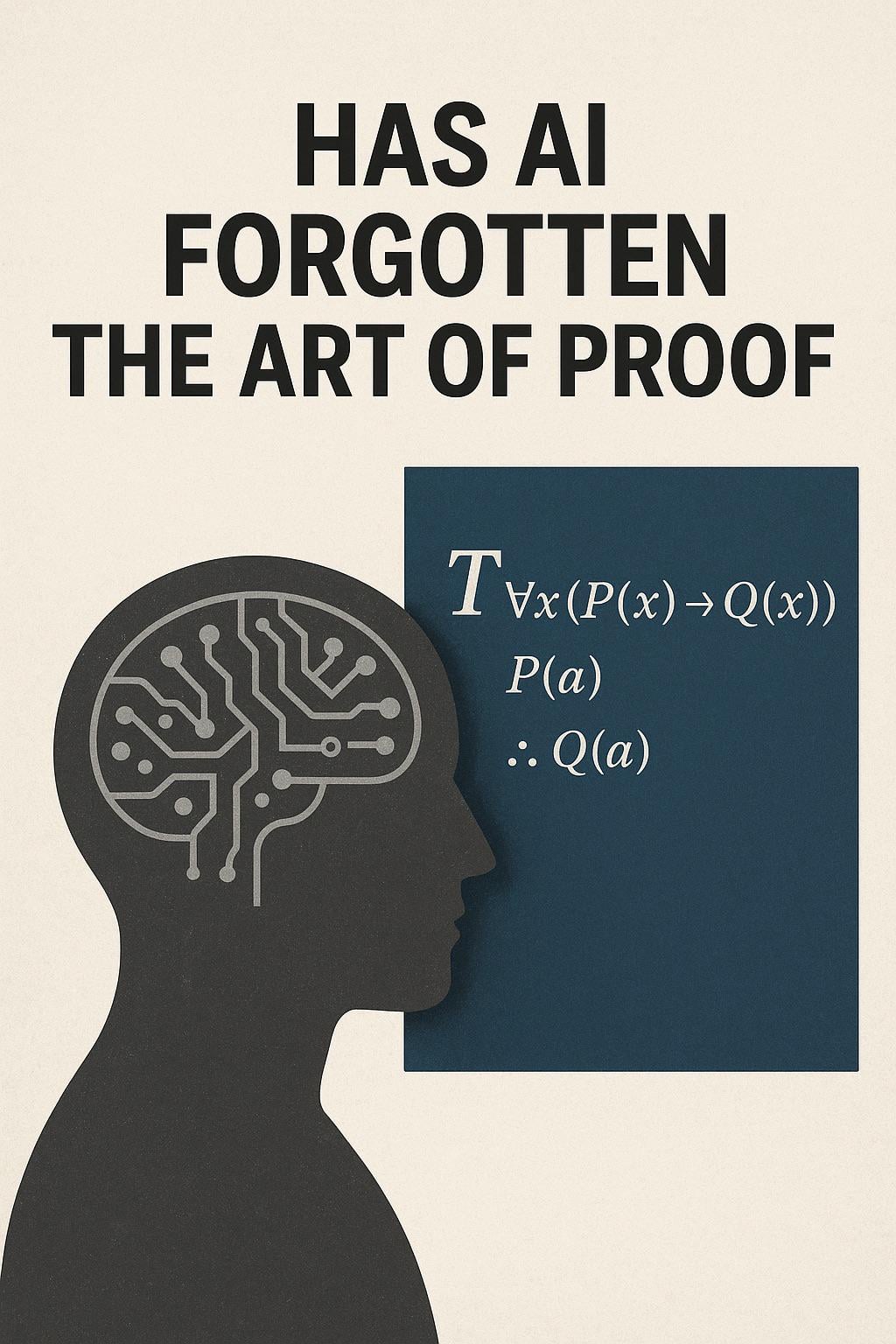
In the early days of computer science, software engineers dreamed of writing programs that could be proved correct — systems so rigorously defined that bugs would be mathematically impossible. Researchers like Tony Hoare and Edsger Dijkstra developed logical methods to verify that a program’s behavior always matched its specification.
But in the modern AI era, something changed. The field’s culture shifted from proof to probability, from guarantee to approximation. OpenAI and other AI labs now build vast neural networks with billions of parameters, trained on oceans of data — systems that work, but not ones that can be proved correct in any formal sense.
The Forgotten Foundations
Traditional computer science had a clear hierarchy of confidence:
1. Formal verification — a mathematical proof that a program can never go wrong.
2. Testing — empirical evidence that it usually doesn’t.
3. Ad hoc debugging — hoping it doesn’t.
As AI systems grew in complexity, the industry quietly accepted that the top tier — formal verification — was no longer feasible. You can’t prove correctness in a neural network that doesn’t even have an explicit algorithm. The “code” of a large language model is millions of floating-point weights, not logical steps that can be reasoned about symbolically.
From Logic to Learning
OpenAI’s GPT models, like most large-scale AI, rely on statistical learning, not symbolic reasoning. They achieve astonishing capabilities through pattern recognition rather than deductive logic. That power comes at a cost: there is no straightforward way to prove that an output is correct, fair, or safe.
While formal methods still thrive in safety-critical software — such as avionics, cryptography, or medical devices — they have been mostly abandoned in mainstream AI research. The emphasis now is on evaluation, benchmarking, and alignment testing rather than proofs of correctness.
Why Proof Still Matters
Yet, some researchers argue that the pendulum has swung too far. As AI becomes embedded in decision-making, finance, healthcare, and national infrastructure, society cannot rely only on empirical testing. AI needs verifiability, not just performance.
Emerging fields like neuro-symbolic AI, formal neural verification, and AI safety research are attempting to bridge the gap — applying logical proof techniques to parts of AI models, or at least bounding their behavior under certain assumptions.
The Road Back to Reasoning
Perhaps the future of AI will rediscover what computer science once knew: that trust in a system comes from more than just performance metrics. Proof, in one form or another, may return — not as a relic of the past, but as a necessary ingredient in making intelligent systems truly reliable.
For now, though, it’s fair to say:
In its race toward intelligence, AI has forgotten its proofs.
But sooner or later, it may have to remember them.
